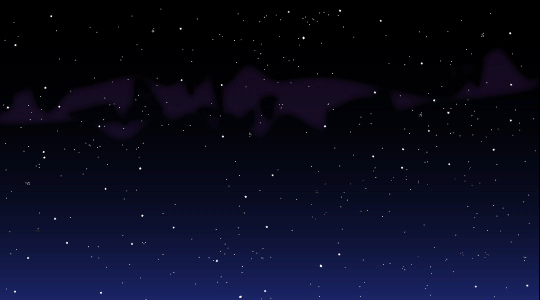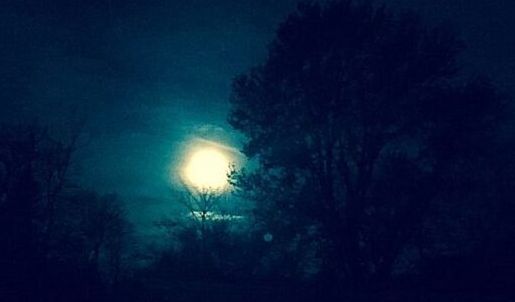
Photo courtesy of NASA
As the song says, “catch a falling star.”
The Perseids, considered one of the best meteor showers to watch in the Northern Hemisphere, are going on right now but their peak is Aug 11-12 this year of 2024.
What to expect: 50 to 90 meteors flying across the sky in one hour.
Advantages of this shower: The moon is at its first-quarter phase so its light is not likely to interfere with meteor sightings. In addition, if you wait until after midnight, the moon will have set so the sky is even darker. But best is to watch for them just before dawn when its radiant is higher.
According to EarthSky, the Perseids usually have a good train of light and color. And they appear to come from the constellation Perseus near the Double Cluster which is why they refer to the constellation Perseus the Hero.
If not outside, watch the Perseids from the Virtual Telescope Project in Manciano, Italy, says Space.
“We will be covering the Perseid meteor shower, sharing it live on the night of its peak online,” Virtual Telescope Project founder and astronomer Gianluca Masi said in an email to Space.com.
“This year, the sky conditions will be good, with almost no moon interference. We will be taking images from our facility in Manciano, in the Maremma countryside, under one of the darkest skies in Italy,” he said.”
Also hear from NASA about the Perseid Meteor shower from its Jet Propulsion Laboratory at California Institute of Technology at What’s Up – August 2024 (nasa.gov)
Where to look: The Perseids appear to radiate from a point in the northeastern sky but with as many as can appear during its peak just lie back and look at the sky.
Jodie Jacobs



